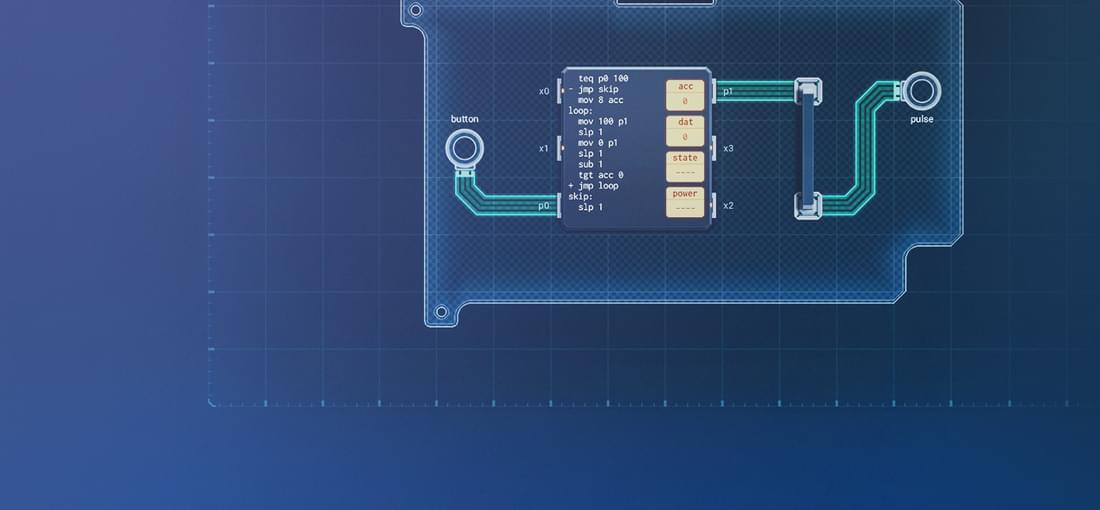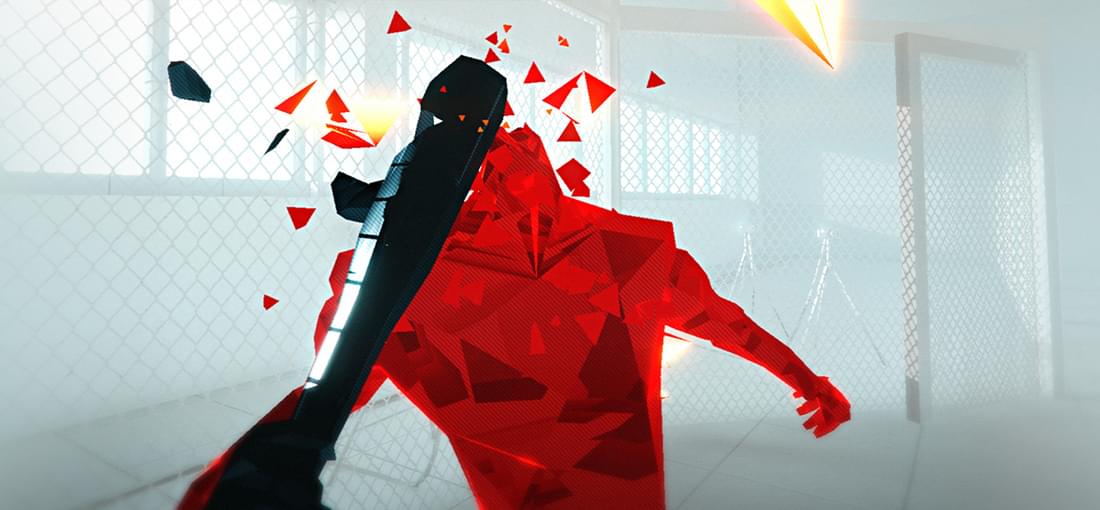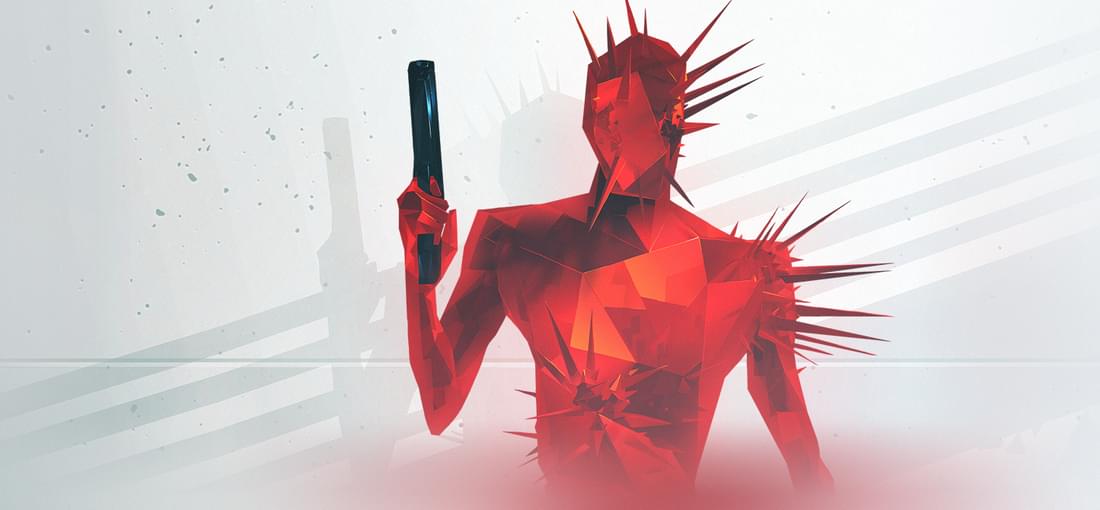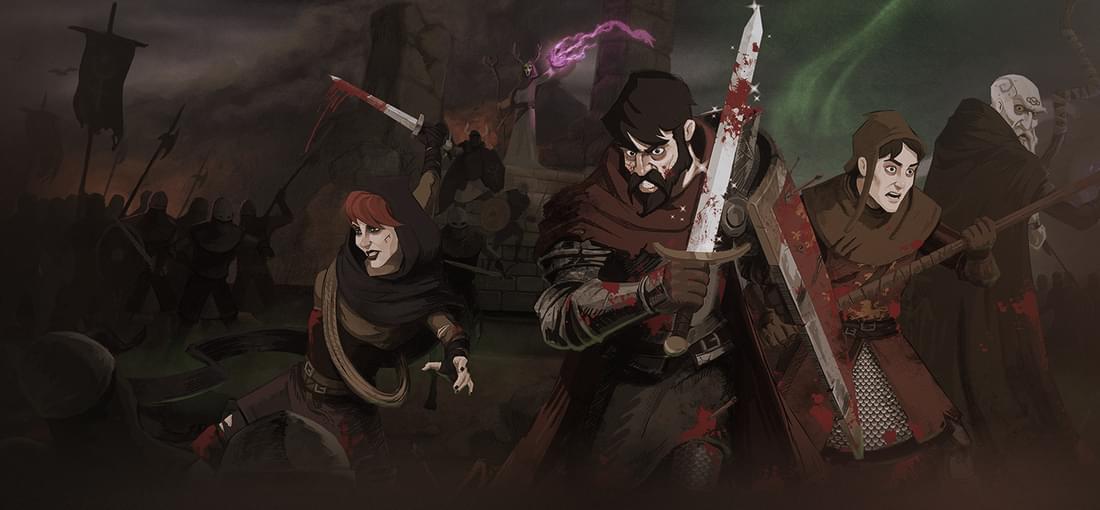


This game will gave you an idea about basics of creating circuits (and making them work). Level of immersion is quite good. You will even get a sub-par technical documentation. If you are thinking about playing with Arduino (or any other ARM development kits) try this first to get general idea what you are getting into.

Pros - You will get a good idea about how low level programming (Assembler) works if you miss 90% of instructions. - Seeing optimization in action show several important facts about code optimization. ( e.g. that its there is a lot of things that you can optimize in your code - number of instructions, number of cycles, readability, ... ). And that it is hard / impossible and time consuming to optimize every aspect of code. - It will really make you appreciate high level programing. Cons - Its more fun to do some real programming. Conclusion: Not for everyone. Not about programming but scripting with small library of instructions. If you want to play programming simulation shenzhen_io may be more interesting.

Pros: - Interesting mechanics with time. - Game length is just good. Longer would have been too much. (Game mechanics are not that good, that you would like to spend countless hours in the game). - Art is simplistic but really nice. Cons - Feels more like technological demo than full game. - Overpriced for such a short indie game ( get it when on discount ). There is a lot of games on GOG in similar price range with far better price / content ratio.

Great things: - several cores with medium impact on play style - hacks adds some flavor (some are meaningful others just silly) - lots of throwing weapons - original game mechanisms ( just like in original Superhot with more options ) Not so great things: - progressive generation of nodes is a bit of misnomer, there is about 10-15 distinct "rooms" added in random order to the node, you start in semi-random place in the room (every room has few starting places) and enemies are randomly sent through spawn doors - sometimes you and starting enemies are spawned in a way that practically guarantee loss of heart ( which is really annoying in later nodes ) - mini-bosses are just annoying, there is no way to defeat them, you just have to run until you kill enough of standard enemies - even with all of the semi-randomness game feels too repetitive after a while Really annoying things: - authors tried to be too clever in some places ( yes, I mean the oh so popular game ending and story rooms) - hacks are too random and sometimes you are hindered because you got hacks that are not complementing with your selected core - its nearly certain, that you will have to replay node not because you made a mistake, but because of unsalvageable mission start Conclusion: If you liked original Superhot, you will probably like this too. But don´t be surprised if after dozen or so of nodes you come to conclusion that you don´t like to play anymore.

Story ( 2 / 5 ) - practically nothing in common with Arthurian legends bar names of some of the characters - writing quality is passable - most of the dialogues are without voice acting ( which is OK in RPG wit hundreds / thousands pages of dialogues, but not so much for lower tens... ) Graphics ( 3 / 5 ) - camera is zoomed really close - art is great, but feel more like parody than grim and dark Game mechanics ( 2.5 / 5 ) - pretty standard turn based combat - low variability (3 bosses and few vars of standard enemies - AoE, Ranged, Melee, Rogue, Tank) - battles damage is random (it can go anywhere from 0 to instant kill) - difficulty scaling is not very good ( just more enemies, greater chance for negative result for player) - no exploration, just pixel hunting - zero replayability ( no decisions that changes story, there is a lot of games with similar combat system) Conclusion ( 2.5 / 5 ): Sword Legacy is not a bad game, but it is lacking polish. Some of the game mechanics (e.g. environmental interactions - barrels) feels half-done. Buy when on discount. There are more interesting games for similar price (Shadowrun, Banner Saga).